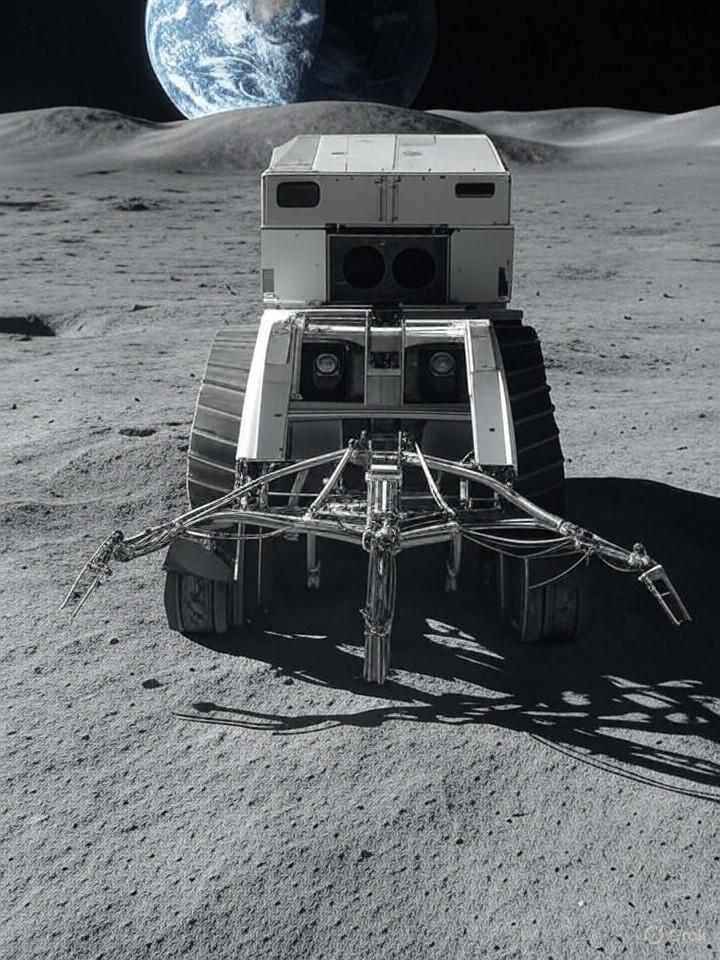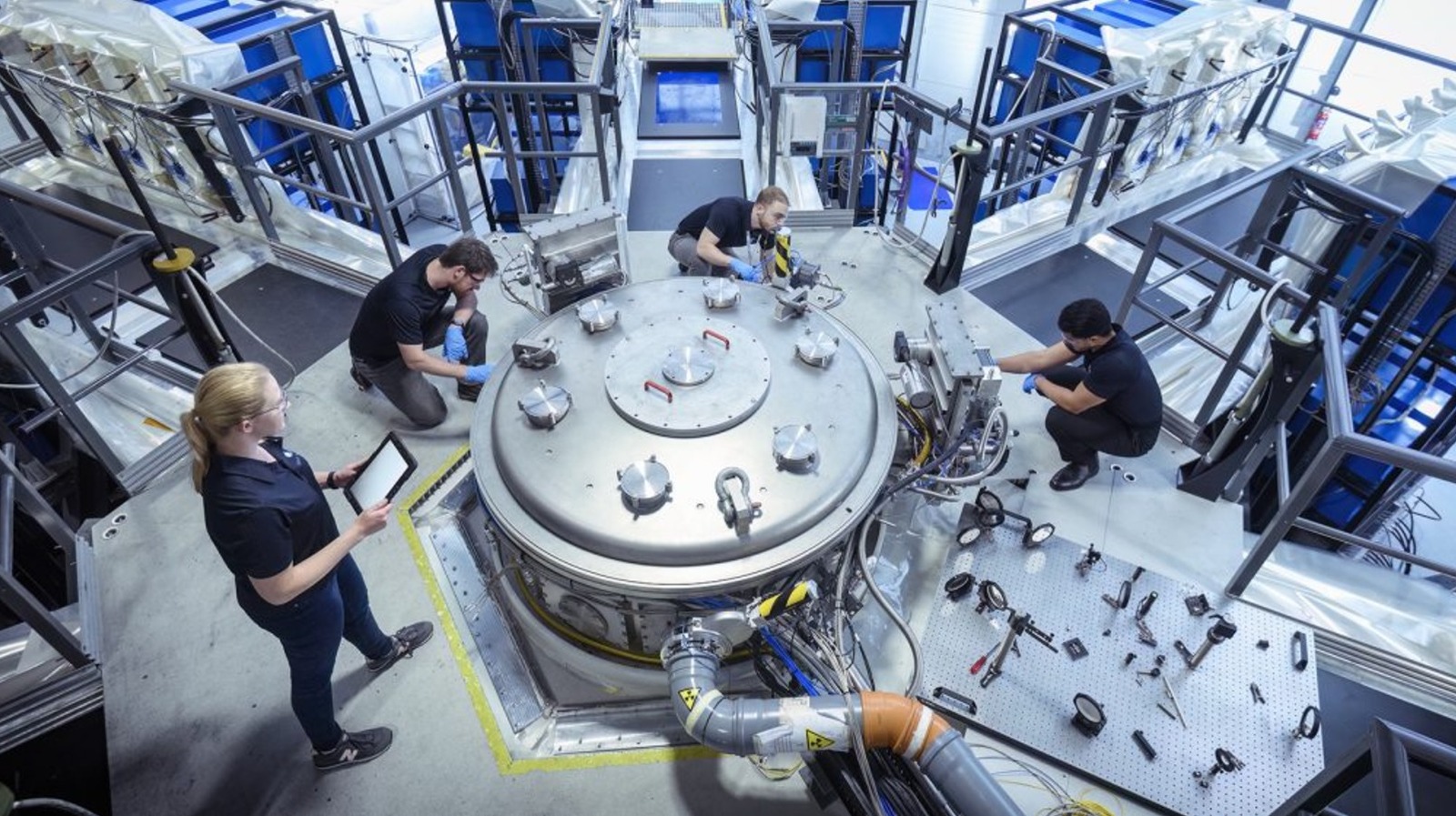The University of Hawaiʻi at Mānoa has announced its participation in a significant $25.6 million initiative funded by the National Science Foundation (NSF). This project, named Sage Grande, aims to enhance environmental monitoring through the deployment of 300 advanced sensor systems across the United States. These sensors will facilitate timely warnings for natural disasters, including wildfires, floods, and volcanic eruptions.
The initiative seeks to leverage artificial intelligence (AI) technology to move beyond traditional data collection methods. By enabling sensors to analyze information locally, the project aims to provide immediate updates on hazardous conditions, such as smoke from wildfires or unusual seismic activity. This innovation is expected to significantly improve disaster preparedness and response efforts across various communities.
Jason Leigh, the director of the Laboratory for Advanced Visualization and Applications at UH Mānoa, emphasized the project’s dual benefit of advancing environmental science while also offering students hands-on experience with cutting-edge AI technology. “By joining Sage Grande, UH is not only advancing disaster preparedness and environmental science, but also giving our students hands-on experience with cutting-edge AI,” Leigh stated.
The University plans to install two to three sensors throughout the Hawaiian Islands next year. Specific locations for these installations are yet to be determined. The research team includes Leigh, along with colleagues Chris Shuler, Han Tseng, Anke Kügler, and Tom Giambelluca from the Water Resources Research Center.
Building on previous successes, UH Mānoa has already tested similar technology in Hawaiʻi Volcanoes National Park. A current-generation Sage sensor deployed there has allowed students to experiment with AI tools that analyze real-time data from the Kīlauea volcano. This early work has demonstrated AI’s potential in providing critical information, such as detecting whether an eruption is occurring.
In addition, a similar sensor has been installed in Lahaina, which connects to the internet via satellite. This system is designed to monitor air quality and fire risks in the wake of the devastating 2023 wildfires in the area. Funded by a separate NSF grant, the Lahaina project is also gathering climate and pollution data to support recovery efforts and inform future planning. Local students are actively involved in managing the instruments, gaining valuable training in both environmental science and AI.
Leigh articulated the importance of such initiatives, noting, “Previously, we had to transmit that data to a far-away point, analyze it, and figure out, oh, is there a fire? Now the AI on the sensor itself can say there’s a fire and tell people immediately.” He added that widespread deployment of these sensors could enhance public safety dramatically, saying, “Imagine if Hawaiʻi had smoke sensors everywhere, just like we have smoke sensors in our homes. You can sleep better at night knowing that somebody is paying attention to the environment.”
The Sage Grande project represents a bold step forward in utilizing AI for environmental monitoring and disaster preparedness, with the potential to enhance safety and resilience in affected communities. As UH Mānoa prepares to contribute to this national effort, the focus remains on harnessing technology for the greater good, ensuring that Hawaiʻi remains at the forefront of innovation in environmental science.







